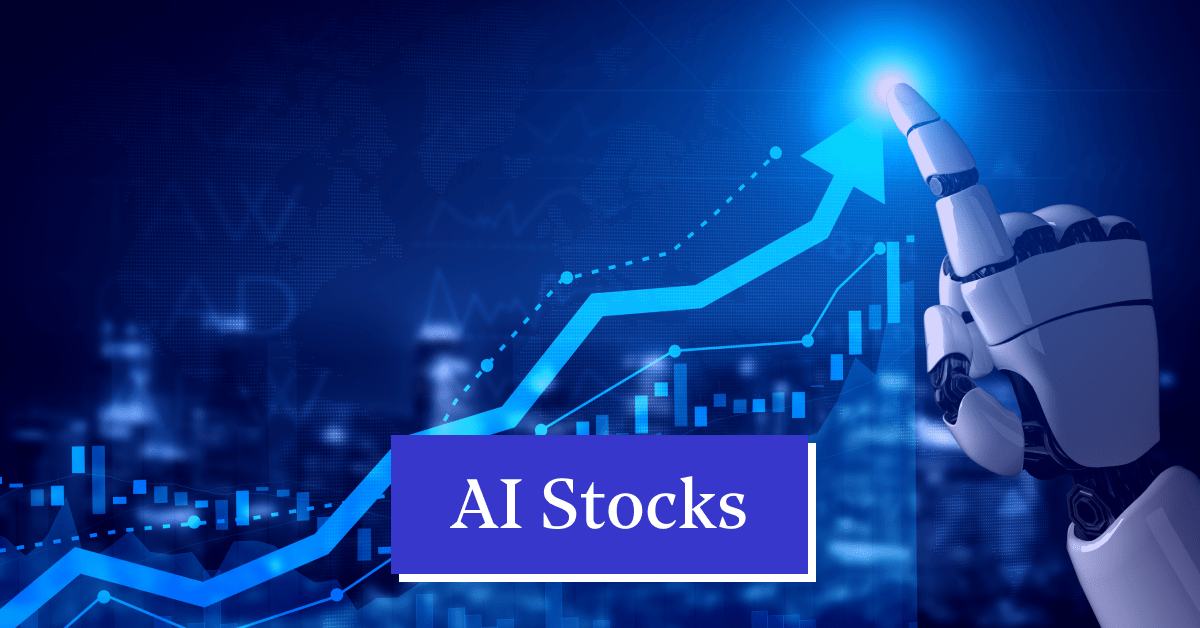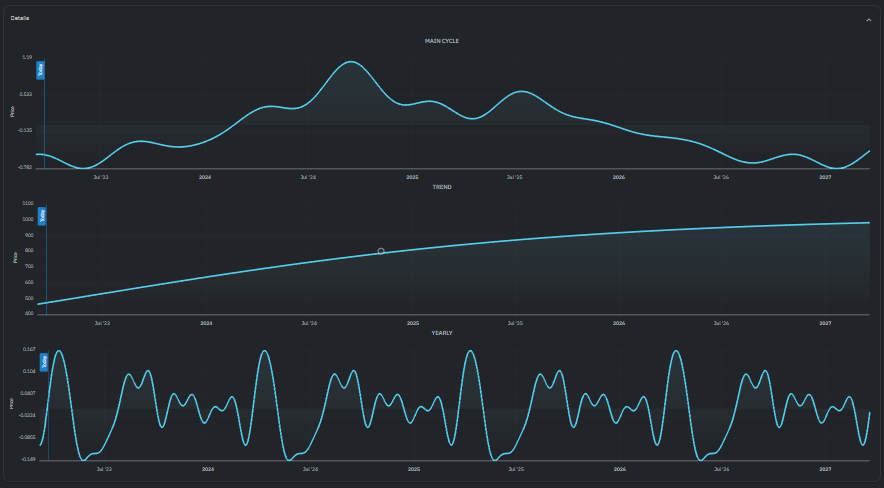In order to achieve the highest value, you must assess and price AI stocks that predict or analyze stock. Pricing structures vary significantly, and knowing exactly what you're paying for is crucial to making an informed choice. Here are the top 10 ways to evaluate pricing and cost.
1. Understanding Pricing Model
Subscription-based: Check whether the platform has an annual or monthly cost and what features are included at each tier.
Pay-per-Use: Find out if the platform charges on usage (e.g. quantity of trades made and data requests made, or forecasts).
Freemium model: Check whether the platform has an unpaid tier that has limited features and charges for premium features.
2. Compare Pricing Tiers
Features breakdown: Check out the features included in each price the tier (e.g., basic, professional, enterprise).
Scalability: Ensure that your pricing levels match your requirements, regardless of whether you're a solo trader or professional.
Upgrade flexibility - Examine to see if there's an easy way to upgrade or downgrade it if your requirements change.
3. Evaluate Hidden Costs
Data fees: Verify whether the platform is charging extra for access to premium data (e.g. real-time data and advanced analytics).
Brokerage fees: Find out whether there are extra charges associated with the platform to integrate with brokers or to execute trades.
API usage: Determine whether there are additional costs for API access or for high-frequency API use.
4. Demos as well as Free Trials and Test Drives
Trial period: Look for platforms which offer an opportunity to try a demo or a free trial to check out the features before deciding to make a decision to commit.
The trial's limitations: Make sure that it is inclusive of all features or if there are limitations on capabilities.
No-commitment option: If you don't like the program, you may cancel it without any charge.
5. Check for Discounts & Promotions
Discounts on annual subscriptions Comparing the monthly plan to the annual plan.
Referral programs: Check whether the platform offers discounts or credits for referring users.
Ask about institutional pricing if you are part of a large organization.
6. Examine Return on Investment (ROI)
Cost vs. Value: Determine whether the capabilities and forecasts of the platform justifies its cost. For example, does it aid you in making better trade decisions or help you save time?
Performance track record: Research the platform's success rate or user reviews to assess its potential return on investment.
Alternative costs - Compare the platform's price with the cost that could be incurred for not using it (e.g., missed opportunity, time spent on manual analysis).
7. Review Cancellation and Refund Policies
Cancellation Terms: You can cancel your contract without any hidden fees or penalties.
Refund Policy: Check that your service allows you to get an amount of money back if the subscriptions is not used.
Auto-renewal. Check whether the platform will automatically renew your subscription. If yes then you'll have to figure out how to stop it.
8. Examine Transparency in Pricing
Clear pricing: Ensure that the price of your platform is clearly stated and contains no hidden charges.
Customer Support: Contact customer support to discuss any pricing ambiguities or any additional charges.
Contract Terms: Learn about the long-term obligations and penalties by reviewing the contract clauses.
9. Compare with Competitors
Comparison of features: Make sure that you're getting the most value and the best platform when comparing it to its competitors.
Reviewer reviews: Check out the feedback of users to determine whether the cost of the platform is worth it.
Check the market positioning of the platform. Does it match your requirements?
10. Estimate the Long-Term cost
Price increases: Take a look at the past history of the platform and note how often it has raised prices.
Features that are added: Find out whether your current plan contains new features or requires an upgrade.
Costs for scaling - Ensure that the price of the platform remains affordable, even if your data or trading needs increase.
Bonus Tips
Test different platforms. Examine the effectiveness and performance of different platforms by evaluating their capabilities during free trials.
Negotiate the price: If you are frequent users or member of a large company You can inquire about special pricing or discounts.
There are many platforms offering educational tools and resources for free.
Follow these tips and you'll be able to evaluate the price, cost, and characteristics of AI platform for trading stocks. A good-priced trading platform will achieve the ideal balance between features and affordability, allowing you to maximize your success. See the top she said on ai trading app for more advice including ai trading platform, ai investment advisor, ai for trading, ai trading software, best stock analysis website, best ai for trading, ai trading tools, ai trading bot, ai investing app, copyright financial advisor and more.

Top 10 Tips To Evaluate The Scalability Of Ai Stock Predicting/Analyzing Trading Platforms
Analyzing the scalability of AI-driven stock prediction and trading platforms is essential to ensure they are able to handle growing demand for data, user demands, and market complexity. Here are 10 suggestions for evaluating the scaling.
1. Evaluate Data Handling Capacity
Tip: Verify that the platform is able to process and analyze large datasets.
Why? Scalable systems have to handle the volume of data that is growing without performance degradation.
2. Test the Real-Time Processing Capabilities of your processor
Check out how well your platform can handle real-time streams of data, like live stock quotes, or breaking news.
What's the reason? The analysis in real-time of your trading decisions is essential since delays can cause you to miss opportunities.
3. Check for Cloud Infrastructure and Elasticity
Tips. Find out if the platform uses cloud-based infrastructure such as AWS, Google Cloud and Azure which are able to scale resources on demand.
Why? Cloud platforms are elastic and can be scaled up and down in response to the demand.
4. Algorithm Efficiency
Tips: Find out the effectiveness of AI models used to make predictions (e.g. Deep Learning or Reinforcement learning).
Reason: Complex algorithms can consume a lot of resources, so optimizing these algorithms is essential for scalability.
5. Explore the possibilities of Parallel Processing and distributed computing
Tips: Check whether the platform is using the frameworks of parallel processing or distributed computing frameworks.
Why? These technologies can accelerate data processing across multiple nodes.
Examine API Integration & Interoperability
Test the platform’s integration capabilities with APIs that are external to the platform.
What's the reason? Seamless integration guarantees that the platform is able to adapt to the changing data sources and trading environments.
7. Analyze User Load Handling
Tip: Simulate large user traffic to see how the platform does under stress.
Why: Performance of a platform that is scalable is not affected by the rise in users.
8. Assess the effectiveness of Model Retraining and Adaptability
Tip: Evaluate how frequently and efficiently AI models are retrained with new data.
The reason is that markets are always changing, and models need to be able to change quickly to remain accurate.
9. Examine for fault tolerance and redundancy.
TIP: Make sure your platform has redundancy and failover mechanisms to handle hardware or software malfunctions.
Why is downtime so costly for trading. Therefore, fault tolerance is crucial to the scalability.
10. Monitor Cost Efficiency
Analyze costs associated with scaling up the platform. This includes cloud resources, data storage as and computational power.
Why: It's important to ensure a healthy equilibrium between the expenses and performance costs.
Bonus Tip: Future-proofing
Be sure that the platform supports the latest technology (e.g. quantum computing or advanced NLP), and is able to adjust to changes in the regulatory environment.
These factors will help you evaluate the potential of AI-powered stock prediction systems and trade platforms. They'll also make sure they're reliable efficient, reliable capable of expansion and are future-proof. Follow the recommended ai invest for site examples including ai stock picker, ai trading bot, trader ai app, copyright financial advisor, free ai trading bot, ai stock trading, copyright financial advisor, ai stocks to invest in, stock analysis app, trade ai and more.
